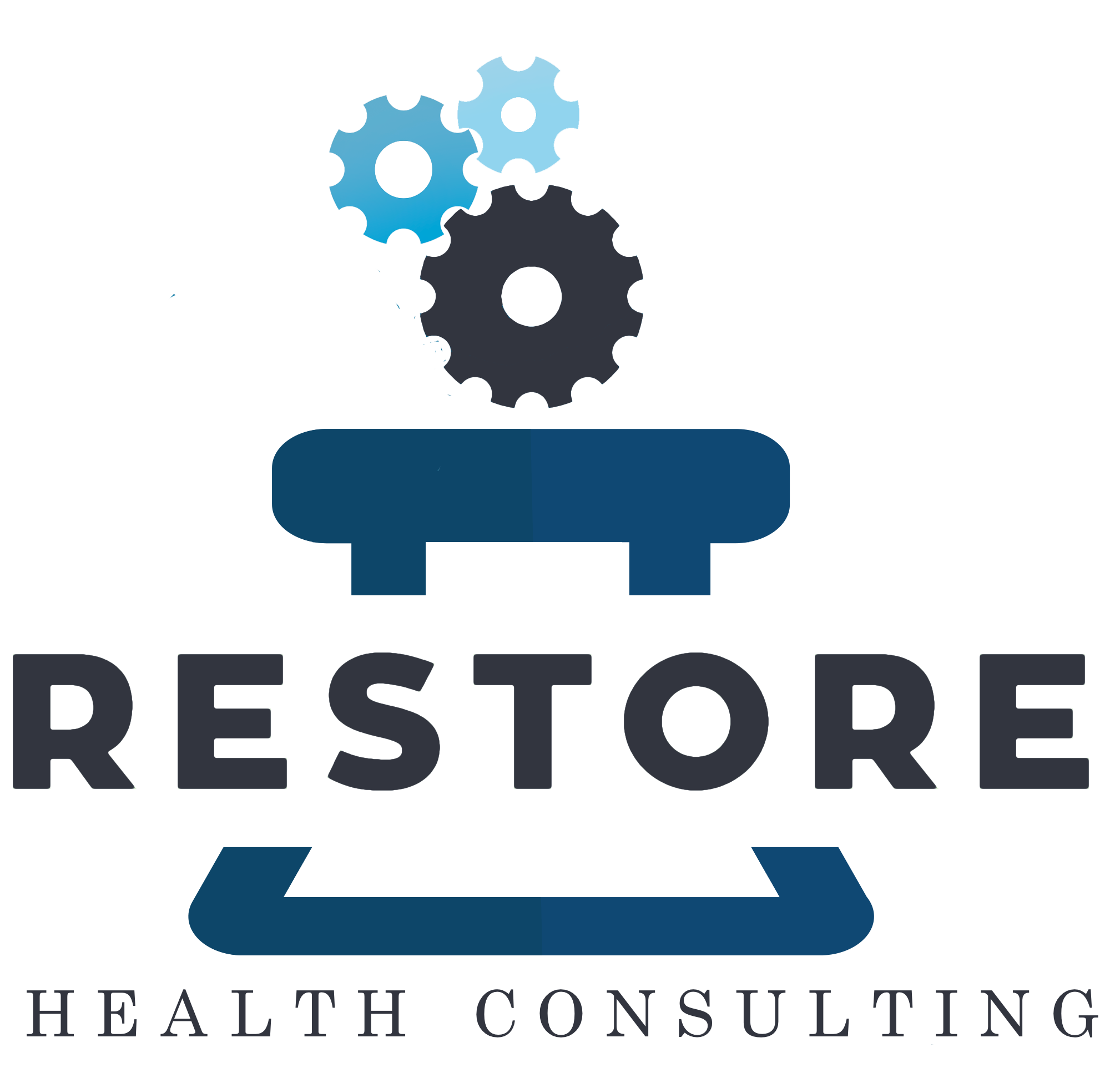Compounders Pivot Toward Rare Disease and Reformulation Markets Post GLP-1 Shortage Resolution
Reformulating FDA-approved drugs for orphan indications offers opportunity and regulatory complexity
As scrutiny intensifies around popular compounded medications like GLP-1 receptor agonists, some 503A pharmacies and 503B outsourcing facilities are recalibrating their strategies—shifting their focus toward underserved patient populations, orphan diseases, and non-commercially viable dosage forms.
This growing interest in rare disease reformulation is not only a response to increased FDA enforcement and ongoing litigation from brand-name manufacturers, but also a reflection of the unique role compounders can play in filling medical gaps that remain unaddressed by mass drug manufacturers.
Why Rare Diseases?
There are over 7,000 rare diseases, yet fewer than 10% have an FDA-approved treatment. In many cases, commercial products do exist but are:
Discontinued due to low market demand
Manufactured in dosage forms that are unsuitable for certain populations (e.g., pediatric or geriatric)
Unavailable in specific concentrations or delivery formats required for individualized care
This creates a legal and ethical space for compounding—when done within the bounds of current FDA guidance.
The Regulatory Framework
503A pharmacies are permitted to compound FDA-approved drugs into alternative dosage forms or strengths with a valid patient-specific prescription and documented clinical need. Reformulation is particularly relevant in pediatric neurology, metabolic disorders, oncology, and ophthalmology—areas where commercial options are limited or poorly tolerated.
503B outsourcing facilities may also serve these populations, but with greater constraints: they must use bulk drug substances from the approved 503B bulks list or rely on FDA-approved drug starting materials in accordance with cGMP standards. The key challenge is ensuring that the compounded version does not essentially duplicate a commercially available drug unless there's a clear justification for patient need.
Compounders who can articulate unmet clinical need—and back it up with appropriate documentation—will be well-positioned in the rare disease space.
Opportunities for Compounders
Some areas ripe for compliant innovation include:
Reformulating discontinued drugs that had known efficacy but were withdrawn for business reasons
Creating liquid versions of tablets for patients with swallowing disorders or feeding tubes
Combining multiple active ingredients into a single, patient-specific compounded dosage form
Topical or transdermal versions of drugs normally given orally to avoid first-pass metabolism
Restore Health Consulting has observed growing demand for these services, particularly from academic researchers, hospital systems, and patient advocacy groups seeking customized access pathways outside of the traditional drug approval process.
Proceed with Caution
While the opportunity is real, so is the risk. The FDA remains vigilant about compounders who appear to market widely or operate beyond the scope of the compounding exemptions.
Key best practices include:
Avoiding promotion of compounded products by drug name
Maintaining robust documentation of patient-specific need or clinician justification
Ensuring sterility and stability validation where applicable
Staying current with regulatory and industry standards updates
The Road Ahead
As the regulatory spotlight continues to shine on compounding, the rare disease and specialty medicine space offers a compelling, patient-centric path forward—but only for those willing to operate with discipline, diligence, and clinical integrity.
Want to explore this opportunity further?
Restore Health Consulting helps 503A and 503B operations assess and pursue reformulation opportunities in the rare disease space.
